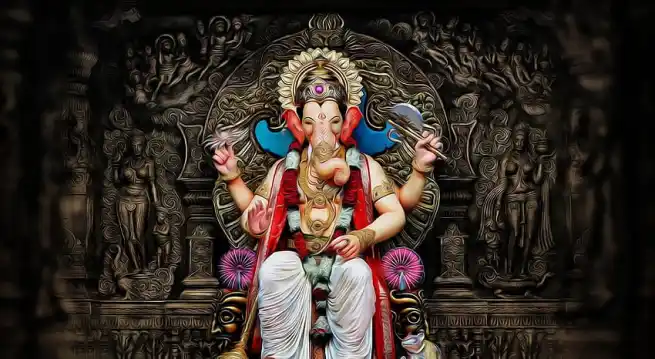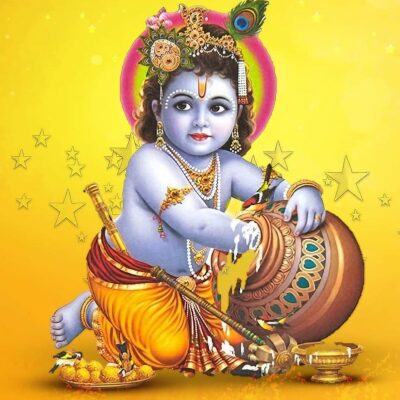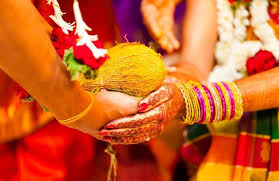Bhawanipatna Manikeswari Temple – Odisha

Address
Bhawanipatna Manikeswari Temple – Odisha
Near Purusottam Sagar,
Bhawanipatna,
Odisha 766001
Amman
Manikeswari
Introduction
- Manikeswari Temple is one of the prominent temples in Odisha, with several Manikeswari temples spread across the Western and Southern parts of the state.
- The Manikeswari Temple in Bhawanipatna, Kalahandi District, is one of the most recognized in the region.
- Manikeswari is the primary deity associated with the royal family of Kalahandi, Chakrakota, and Paralakhemundi kingdoms.
- One of the most celebrated festivals dedicated to Manikeswari is Chhatar Jatra held in Bhawanipatna.
Puranic Significance:
- The deity Manikya Devi (also known as Manikeswari) was the primary goddess of the Chakrakotamandala region, which comprises present-day Kalahandi, Koraput, and Bastar. This was around the 10th century A.D..
- A significant event in the temple’s history is tied to King Harichandra Deo of Kalahandi. He struggled and ultimately died, leading his pregnant queen to seek refuge at her father’s house in Gadapur (Phulbani). Some parts of Phulbani were part of the ancient Mahakantara region.
- The exact location of Chakrakotamandala’s capital is still debated, but it is closely associated with Kamala Mandala, another ancient name for Kalahandi. The goddess Manikeswari is believed to have come to Gadapur due to the influence of Chakrakota Mandala.
- Later, the queen and her son, Ramchandra Deo, returned to Kalahandi with Manikeswari after the public’s request in the region. Manikeswari was brought from Gadapur (Phulbani) to Kalahandi around 1200 A.D..
- Manikeswari was further popularized during the reign of Suryabansi Gajapati in the 15th-16th century, particularly in the Puri region. Purushottama Deva Gajapati, the ruler of Odisha, considered Manikeswari as the consort of Lord Jagannath and even constructed a shrine for her at Chilika. This shrine, however, no longer exists.
- Manikeswari became the royal family deity of Parlakhemundi.
- Manikeswari was installed in Bhawanipatna around 1849 A.D. during the shift of the capital from Junagarh. Some sources mention that Manikeswari was brought to Bhawanipatna from Thumaul Rampur, where she was known as Adipitha.
- The modern temple in Bhawanipatna was founded by Uditnarayan Deo, and construction was completed by Brajamohan Deo in 1947.
- Manikeswari was historically associated with wealth and prosperity (symbolized by Manik, which means gem or jewel) in Kalahandi since the 10th century.
- There is some debate surrounding the connection of Manikeswari with the Stambeswari Temple in Asurgarh-Narla, which dates back to around the 5th-6th century, and the Maningeeswari temple in Banapur, Puri.
- The worship of Manikeswari extends beyond Odisha, with several temples dedicated to her in Odisha and neighboring Chhattisgarh.





Century/Period
10th century A.D.
Managed By
Department of Archaeology (DOA)
Nearest Bus Station
Bhawanipatna.
Nearest Railway Station
Bhawanipatna (BWIP) junction
Nearest Airport
Bhubaneswar, and Raipur









